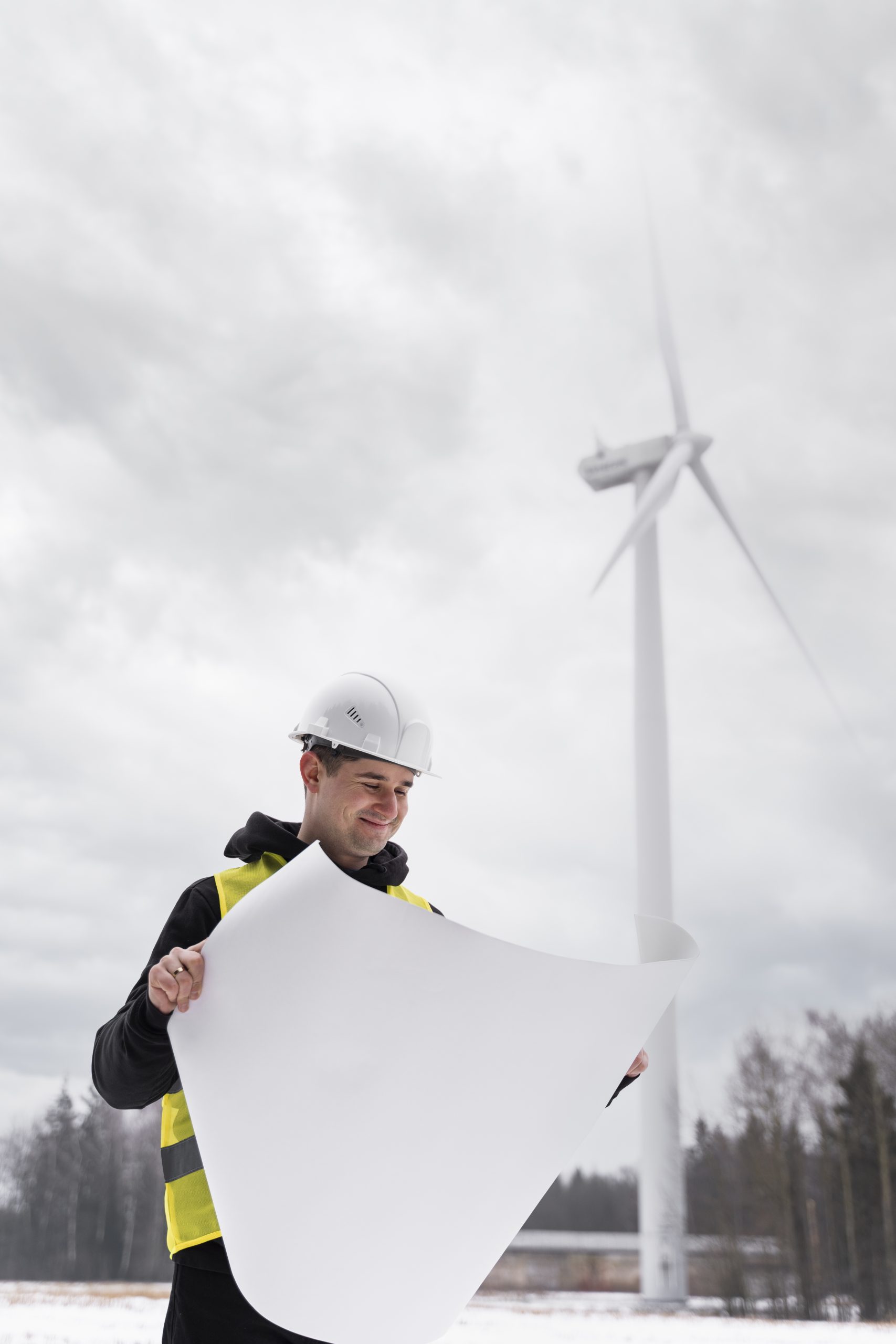Building a home is an expensive task that requires a lot of hard work and planning, but it has countless

As the world increasingly turns toward renewable energy sources, wind energy has emerged as one of the most promising options for sustainable power generation. With advances in technology and a growing commitment to reducing carbon emissions, wind energy projects are proliferating globally. However, the successful integration of wind energy systems into buildings and infrastructure requires comprehensive planning and expertise in Mechanical, Electrical, and Plumbing (MEP) design. This article explores the challenges and opportunities presented by wind energy within the context of MEP design, highlighting how InnoDez, a leader in MEP design, addresses these complexities.
Wind energy harnesses the kinetic energy of wind to produce electricity using wind turbines. These turbines convert wind energy into mechanical power, which is then transformed into electrical energy through generators. Wind energy is a clean, renewable resource that can significantly reduce dependence on fossil fuels and lower greenhouse gas emissions. The global wind energy market has grown substantially, driven by technological advancements and supportive governmental policies.
MEP design plays a crucial role in the successful implementation of wind energy systems. It encompasses the planning and integration of mechanical, electrical, and plumbing systems that support the operational and functional requirements of wind energy projects.
Despite the challenges, the integration of wind energy presents numerous opportunities for innovation and growth in MEP design.
InnoDez is a leading MEP design company committed to integrating innovative solutions for wind energy projects. With a team of experienced professionals, InnoDez addresses the unique challenges posed by wind energy while maximizing opportunities for clients.
InnoDez conducts thorough site assessments to evaluate wind potential, local environmental conditions, and existing infrastructure. This data-driven approach enables the team to recommend optimal turbine placement and system design that maximizes energy generation while minimizing environmental impact.
InnoDez emphasizes collaboration with stakeholders, including utility companies, architects, and builders. By fostering strong communication and partnerships, InnoDez ensures that all aspects of MEP design align with project goals, regulatory requirements, and best practices.
Leveraging advancements in smart technologies, InnoDez incorporates IoT devices and energy management systems into wind energy projects. This integration allows for real-time monitoring and optimization of energy production, enabling clients to manage their energy use more effectively.
Sustainability is at the core of InnoDez’s MEP design philosophy. By incorporating wind energy solutions into building designs, InnoDez helps clients achieve their sustainability goals while reducing their carbon footprint. The company is dedicated to creating energy-efficient systems that contribute to a greener future.
Navigating the complex regulatory landscape surrounding wind energy projects can be challenging. InnoDez’s team of experts stays updated on the latest regulations and standards, ensuring that projects comply with all necessary requirements. This expertise minimizes risks and streamlines the project development process.
Wind energy is a powerful tool in the transition to a sustainable energy future, but its successful integration into buildings and infrastructure requires careful consideration of MEP design challenges and opportunities. From the variability of wind resources to compliance with regulations, MEP designers must navigate a complex landscape to deliver effective solutions.
InnoDez stands out as a leader in MEP design for wind energy projects, addressing challenges through comprehensive assessments, innovative technology integration, and a commitment to sustainability. By leveraging these strategies, InnoDez helps clients realize the full potential of wind energy while contributing to a cleaner, more sustainable world.
As the wind energy sector continues to grow, so too will the opportunities for MEP design professionals. By embracing innovation and collaboration, the industry can overcome challenges and unlock the full potential of wind energy, paving the way for a sustainable future.
About Author
Xhuljo Jakup